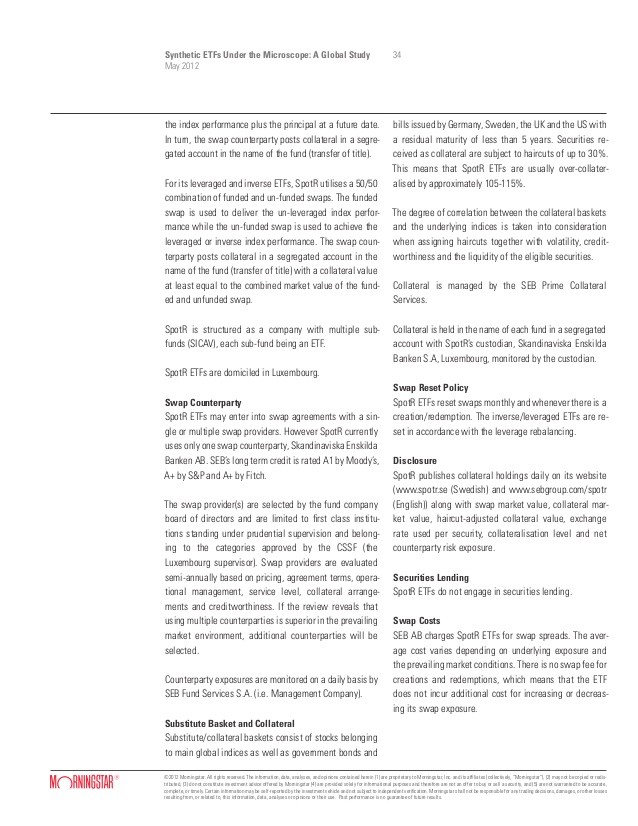Index Investing Index Funds ETF s Synthetics and Index Certificates Full Replication
Post on: 10 Май, 2015 No Comment

Location:
Prague, NH Hotel Prague
- Indexation vs. Active Management
- Full Replication, Stratified Sampling and Tracking Error Minimization
- Investing in Index Funds
- Using Index Futures for Synthetic Investments
- Bull, Bear, Leveraged and Bonus Certificates
- Exchange-Traded Funds
- Investment Strategies with ETFs
Index tracking or passive investment is now well established as a sensible form of investing. Today, indexing can be applied to almost anything and provides investor with a very cost-efficient way of obtaining exposure to equities, bonds, commodities, real estate and other asset classes.
The purpose of the seminar is to give you a thorough introduction to the concept of “indexing” and a good and practical understanding of indexing tools and strategies.
We start with a general introduction to indexing. We contrast with “active management” and compare the relative historical performance of the two approaches to investing. We also give an overview of available indexing strategies and tools and summarize their advantages and limitations.
We then take a close look at how “vanilla” and more advanced indexation strategies can be implemented using dynamic strategies, index funds, exchange-traded funds (ETFs), index futures and index certificates – with and without principal guarantees. Strategies include “classic” index tracking through full replication, stratified sampling and tracking-error minimization as well as more “active” (or hybrid) strategies such as core-satellite investing and enhanced indexing.
We explain how the “cash drag” can be minimized in synthetic replication strategies with index futures, and how index strategies with down-side protection and/or exotic pay-off profiles can be constructed as structured products.
We give a thorough introduction to ETF’s and explain how these instruments are created and traded in the primary and secondary markets and how they are used for low-cost index-tracking. We also explain and demonstrate how ETFs are increasingly used to gain exposure to special investment strategies that have been codified into indexes. Such strategies include the use “inverse”, or “upside down”, index ETFs, ”leveraged” index ETFs and swaps-based ETFs.
Finally, we discuss the explicit and implicit risks of using indexation products, including the counterparty risk which is inherent in derivatives-based ETFs.














